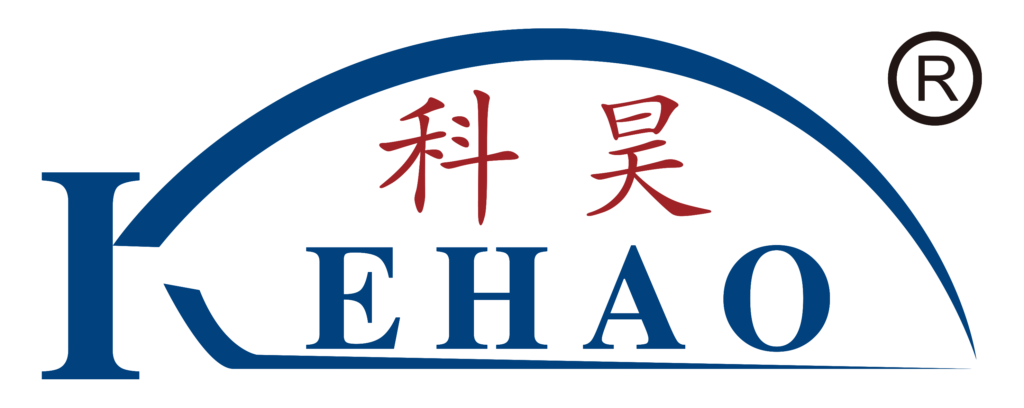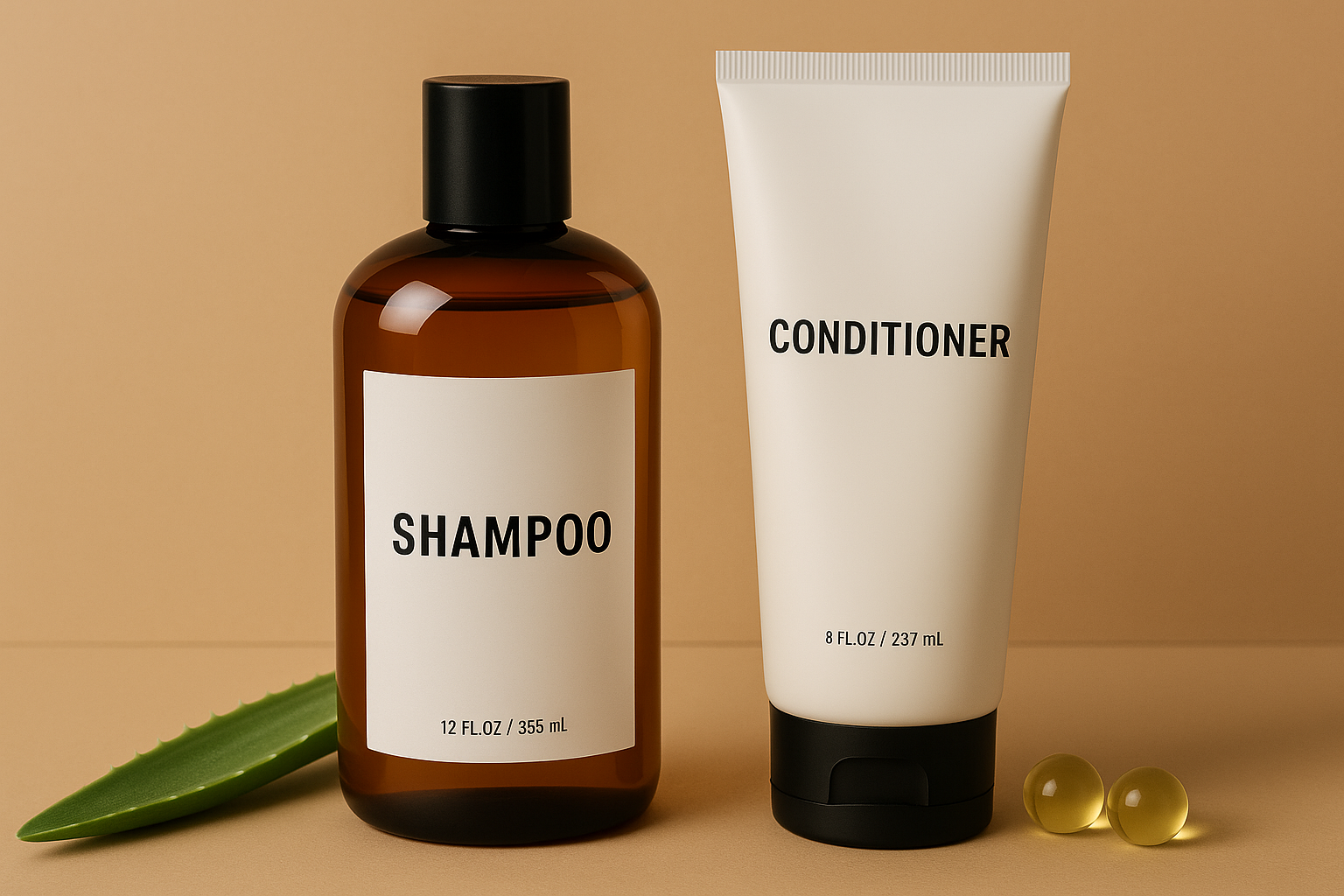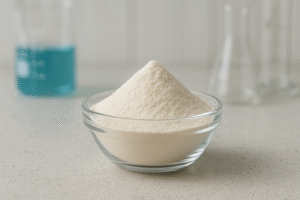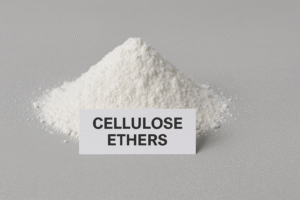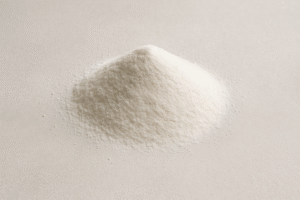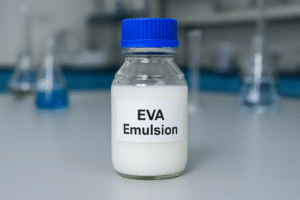Feeling overwhelmed by the long list of unpronounceable ingredients on your shampoo bottle? You're not alone. Many people don't know what they're actually putting on their hair daily.
Common shampoo ingredients typically include surfactants like sodium lauryl sulfate, conditioning agents like dimethicone, preservatives such as parabens, fragrances, and thickeners like salt or cellulose derivatives. Each ingredient serves a specific purpose in cleaning and protecting your hair.
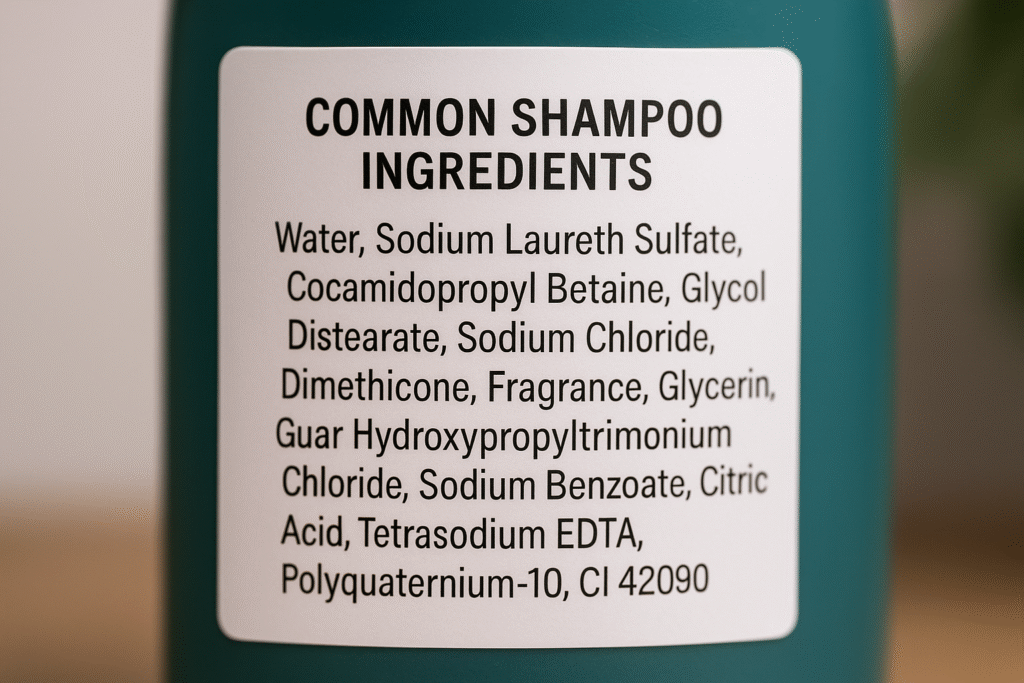
I've been in the chemical industry for years, and I know how confusing product labels can be. Let me break down what's really in your shampoo and why it matters to your hair health.
What Are the Most Common Ingredients Found in Regular Shampoos?
Every time I pick up a shampoo bottle, I see the same ingredients over and over. These chemicals clean our hair but can sometimes cause problems for sensitive scalps.
The most common ingredients in regular shampoos include surfactants (sodium lauryl sulfate, sodium laureth sulfate), conditioning agents (silicones, quaternary ammonium compounds), preservatives (parabens, benzyl alcohol), pH adjusters, fragrances, and colorants. Each serves a specific function in the shampoo formula.
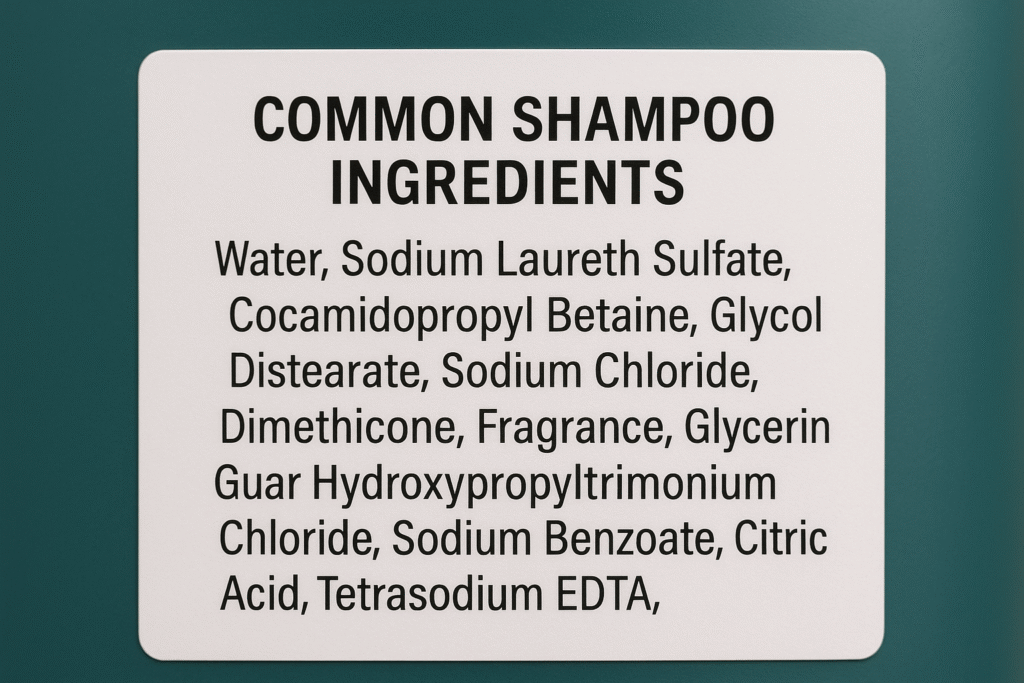
Primary Surfactants in Shampoo
Surfactants are the main cleaning agents in shampoo. They work by attracting both oil and water, helping to wash away dirt and sebum from your hair and scalp.
The most common surfactants include:
| Surfactant | Function | Potential Concerns |
|---|---|---|
| Sodium Lauryl Sulfate (SLS) | Strong cleansing, creates rich lather | Can be drying, potential irritant |
| Sodium Laureth Sulfate (SLES) | Gentler than SLS, good foaming | Less irritating than SLS |
| Cocamidopropyl Betaine | Mild cleansing, foam booster | Derived from coconut oil, gentler option |
| Decyl Glucoside | Very mild cleansing | Plant-derived, good for sensitive scalps |
I've visited many shampoo manufacturing1 facilities where these ingredients are carefully measured and combined. The concentration of surfactants greatly affects how the shampoo feels on your hair - too much can strip natural oils, while too little won't clean effectively. Most commercial formulations aim to balance cleansing power with gentleness, though budget brands often use higher concentrations of stronger surfactants like SLS to reduce costs.
What Thickeners Are Commonly Used in Shampoo Formulations?
When I first started learning about shampoo formulations, I was surprised to find out that without thickeners, most shampoos would be as runny as water. This would make them difficult to use and less appealing to consumers.
Common shampoo thickeners include sodium chloride (salt), hydroxypropyl methylcellulose2 (HPMC), hydroxyethyl cellulose (HEC), PEG-150 distearate, and cocamide MEA. These ingredients give shampoo its luxurious, pourable consistency without affecting its cleaning ability.
How Cellulose Derivatives Work as Thickeners
In our factory, we produce several cellulose derivatives3 that are widely used in shampoo formulations. These plant-derived compounds are incredibly effective at controlling viscosity.
Cellulose-based thickeners work by:
| Thickener Type | Source | Properties | Benefits in Shampoo |
|---|---|---|---|
| Hydroxypropyl Methylcellulose (HPMC) | Modified cellulose | Water-soluble, forms gel | Consistent viscosity, stable in different pH levels |
| Hydroxyethyl Cellulose (HEC) | Modified cellulose | Clear gel former | Smooth texture, doesn't interact with other ingredients |
| Carboxymethyl Cellulose (CMC) | Modified cellulose | High viscosity at low concentrations | Cost-effective, works well with surfactants |
The quality of these thickeners has a huge impact on the final product. During production, we carefully control the degree of substitution and molecular weight to achieve specific viscosity profiles. One of my clients, a major shampoo manufacturer, once switched to a lower-grade HPMC and immediately received customer complaints about inconsistent product texture. They quickly returned to our premium grade material, proving that even "invisible" ingredients matter tremendously to the consumer experience.
What Natural Ingredients Should I Look for in Shampoo Products?
I've noticed more of my clients asking for natural formulations. The trend toward clean beauty has made many people wary of synthetic chemicals in their hair care products.
Natural shampoo ingredients to look for include plant-based surfactants like decyl glucoside, botanical extracts (aloe vera, chamomile, tea tree oil), natural oils (argan, jojoba, coconut), vitamin E, and cellulose-derived thickeners. These ingredients clean hair effectively while minimizing potential irritation.
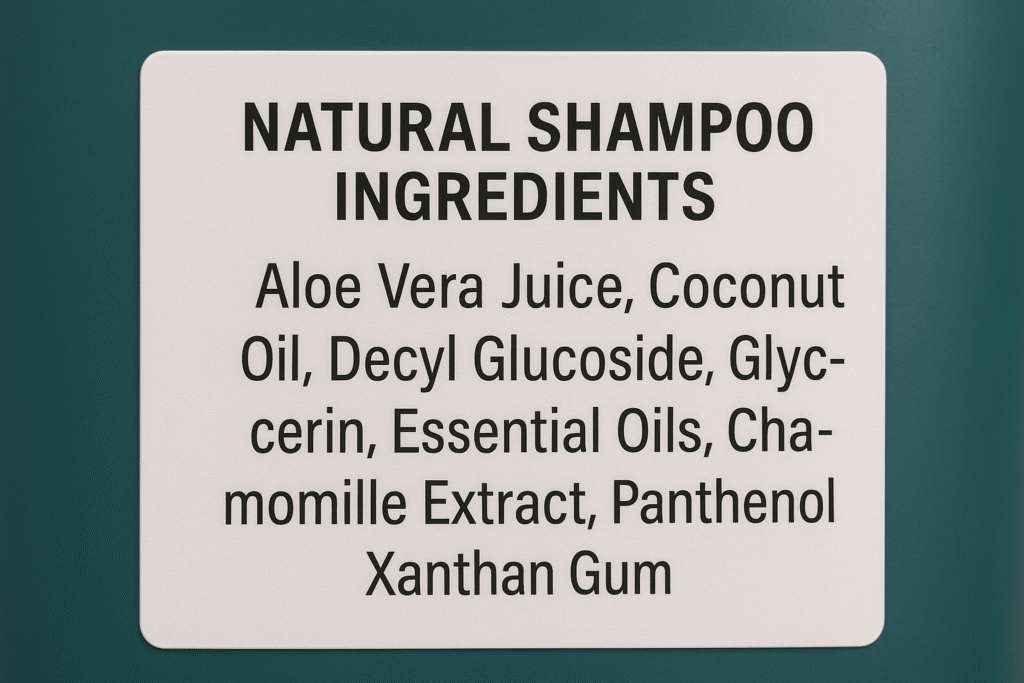 https://placehold.co/600x400 "Natural shampoo ingredients")
https://placehold.co/600x400 "Natural shampoo ingredients")
Benefits of Plant-Based vs. Synthetic Ingredients
The debate between natural and synthetic ingredients isn't always straightforward. Both have their place in formulations.
Plant-based ingredients offer several advantages:
| Natural Ingredient | Source | Benefit | Used In |
|---|---|---|---|
| Aloe Vera Extract | Aloe plant | Soothing, moisturizing | Sensitive scalp formulas |
| Coconut-derived surfactants | Coconut oil | Gentle cleansing | Baby shampoos, sulfate-free options |
| Jojoba Oil | Jojoba plant seeds | Balances oil production | Dry hair formulations |
| Vegetable Glycerin | Plant oils | Moisture retention | Hydrating shampoos |
| Cellulose derivatives | Plant cellulose | Natural thickening | Most natural shampoo brands |
During my visits to eco-friendly shampoo factories, I've seen the extra steps required to work with natural ingredients. They often require different handling, storage conditions, and preservation systems than synthetic alternatives. This explains the higher price point for truly natural products. I've also learned that natural doesn't automatically mean better - the concentration, quality, and specific type of natural ingredient matter tremendously. Some plant extracts at low concentrations serve mainly as marketing tools rather than functional ingredients.
How Can I Find a Reliable Shampoo Factory Near Me?
When I talk to potential clients looking for shampoo manufacturing, they often struggle to find reliable local producers. This search can be frustrating without industry connections.
To find a reliable shampoo factory nearby, search online business directories specifying "cosmetic manufacturers" or "personal care product manufacturers," check industry associations for member listings, attend beauty industry trade shows, and ask for recommendations from professionals in the beauty industry.
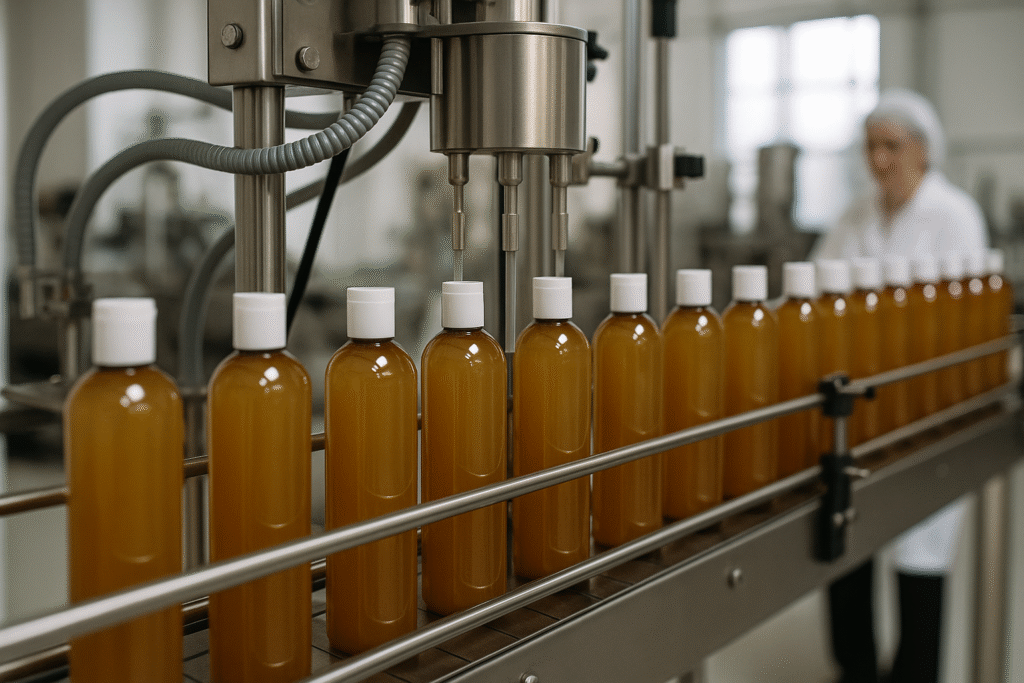
What to Look for in a Quality Shampoo Manufacturer
Finding the right manufacturing partner involves more than just location. The quality standards and capabilities vary greatly between facilities.
When evaluating potential shampoo manufacturers, consider these factors:
| Consideration | Why It Matters | What to Ask |
|---|---|---|
| Certifications | Ensures compliance with safety standards | ISO, GMP, organic certifications |
| Minimum Order Quantities | Affects startup costs | Can they accommodate smaller test runs? |
| Formulation Assistance | Technical support for your product | Do they have in-house chemists? |
| Raw Material Sourcing | Impacts quality and claims | Where do they source ingredients? |
| Production Capacity | Affects ability to scale | Maximum monthly production volume? |
| Packaging Options | Affects final product costs | What packaging types do they offer? |
I recently helped a client transition from a small local manufacturer to our larger facility. While the local producer had given them personalized service, they couldn't handle the growing demand or provide consistent quality across larger batches. Our highly controlled production environment and stringent quality testing eliminated the variations they had been experiencing. The lesson here is that bigger isn't always better, but technical capabilities and quality control systems are non-negotiable for professional-grade products.
Conclusion
Understanding shampoo ingredients helps you make better choices for your hair. Whether you prefer conventional or natural formulations, knowing what's in your products gives you more control over your hair care routine.
